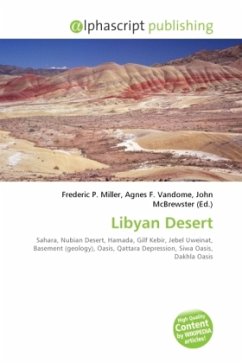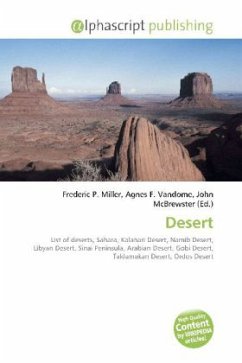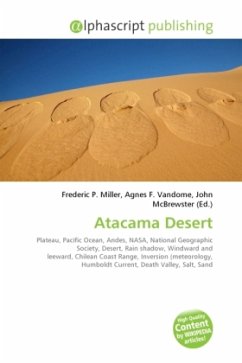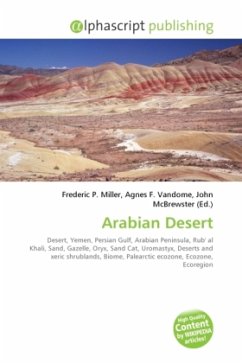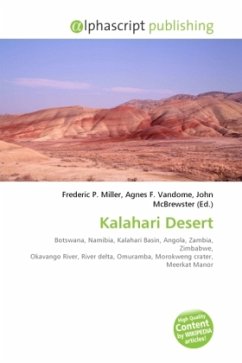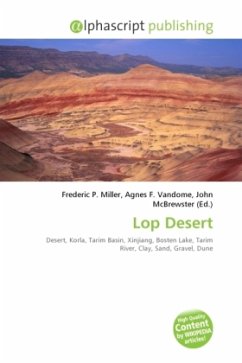The Mojave Desert, locally referred to as the High Desert, occupies a significant portion of southeastern California and smaller parts of central California, southern Nevada, southwestern Utah and northwestern Arizona, in the United States. Named after the Mohave tribe of Native Americans, it occupies well over 22,000 square miles in a typical Basin and Range topography. The Mojave Desert's boundaries are generally defined by the presence of Yucca brevifolia considered an indicator species for this desert. The topographical boundaries include the Tehachapi together with the San Gabriel and San Bernardino mountain ranges. The mountain boundaries are quite distinct since they are outlined by the two largest faults in California: the San Andreas and the Garlock. The Great Basin shrub steppe lies to the north; the warmer Sonoran Desert lies to the south and east. The desert is believed to support between 1,750 and 2,000 species of plants.
Bitte wählen Sie Ihr Anliegen aus.
Rechnungen
Retourenschein anfordern
Bestellstatus
Storno


